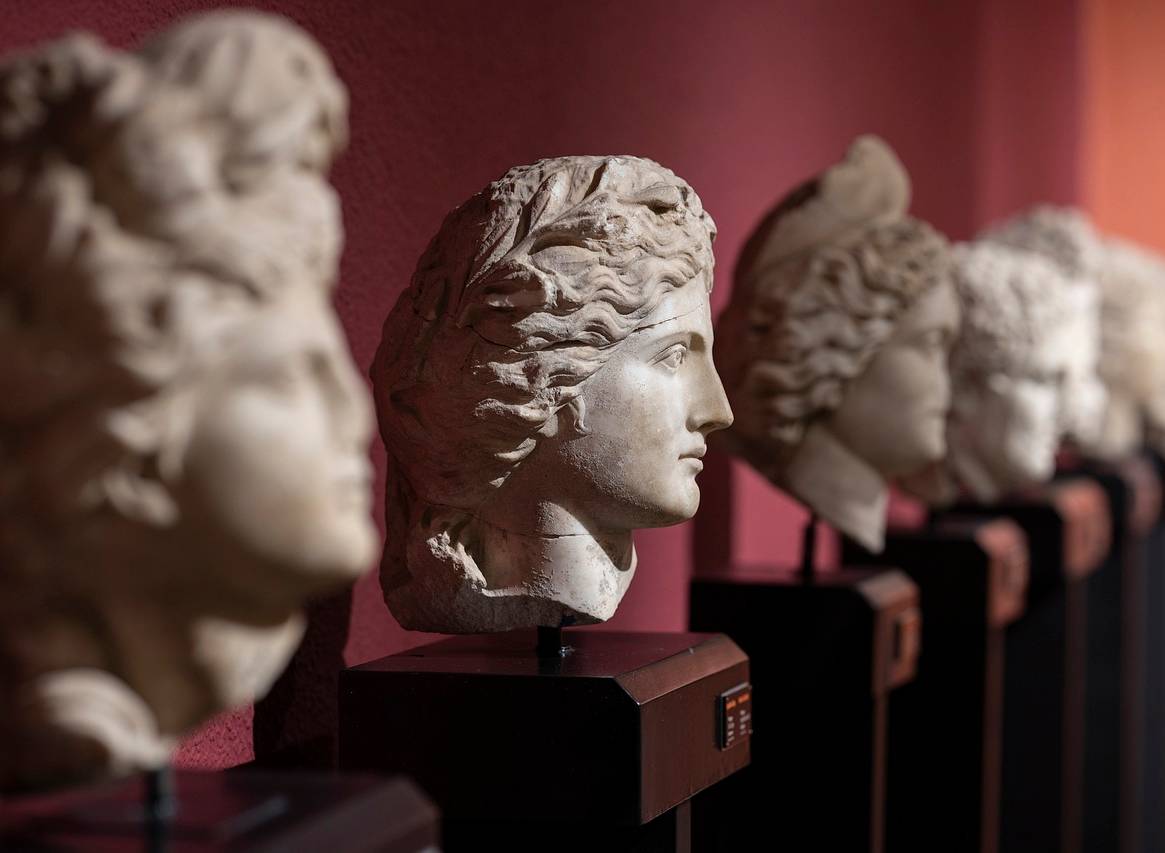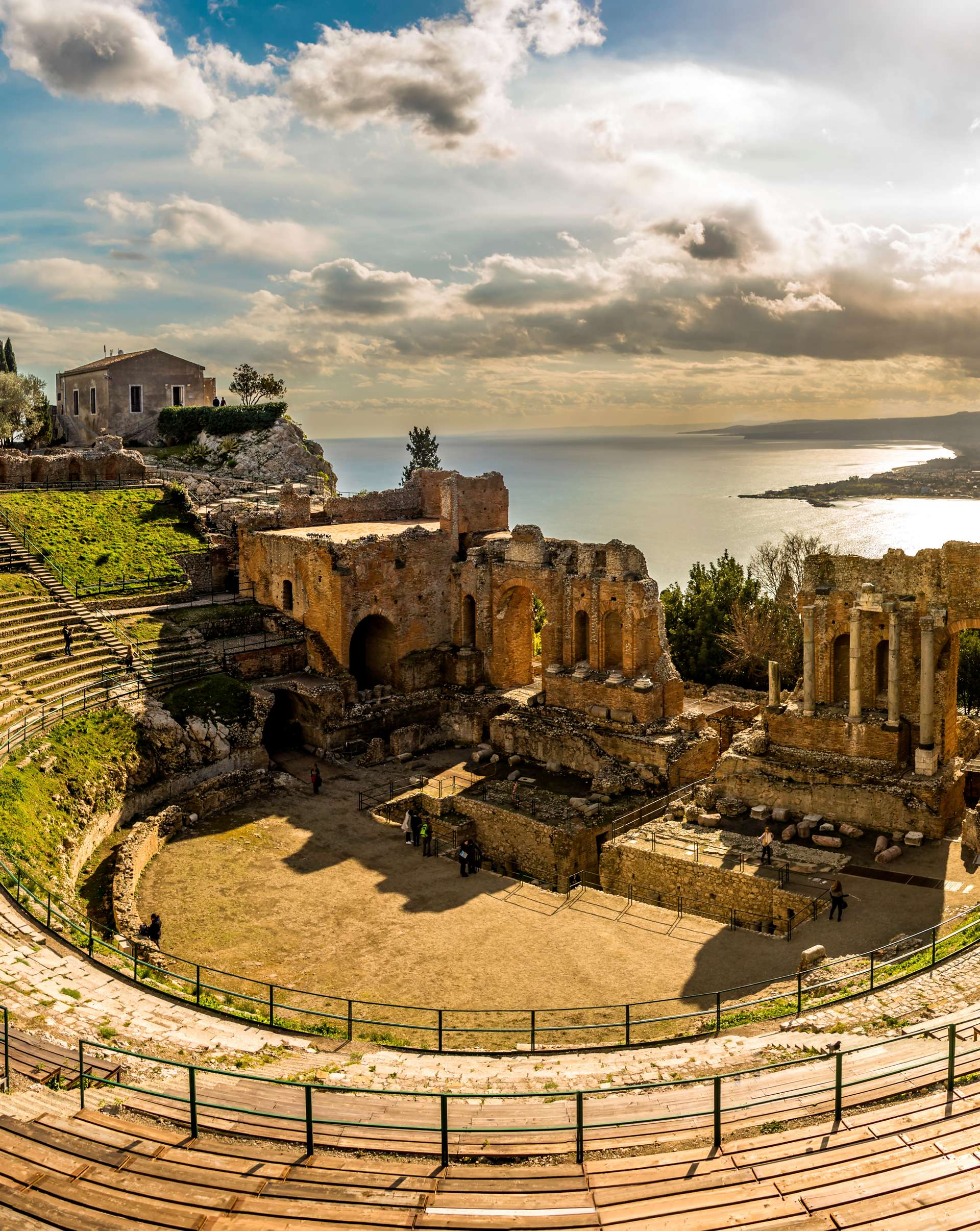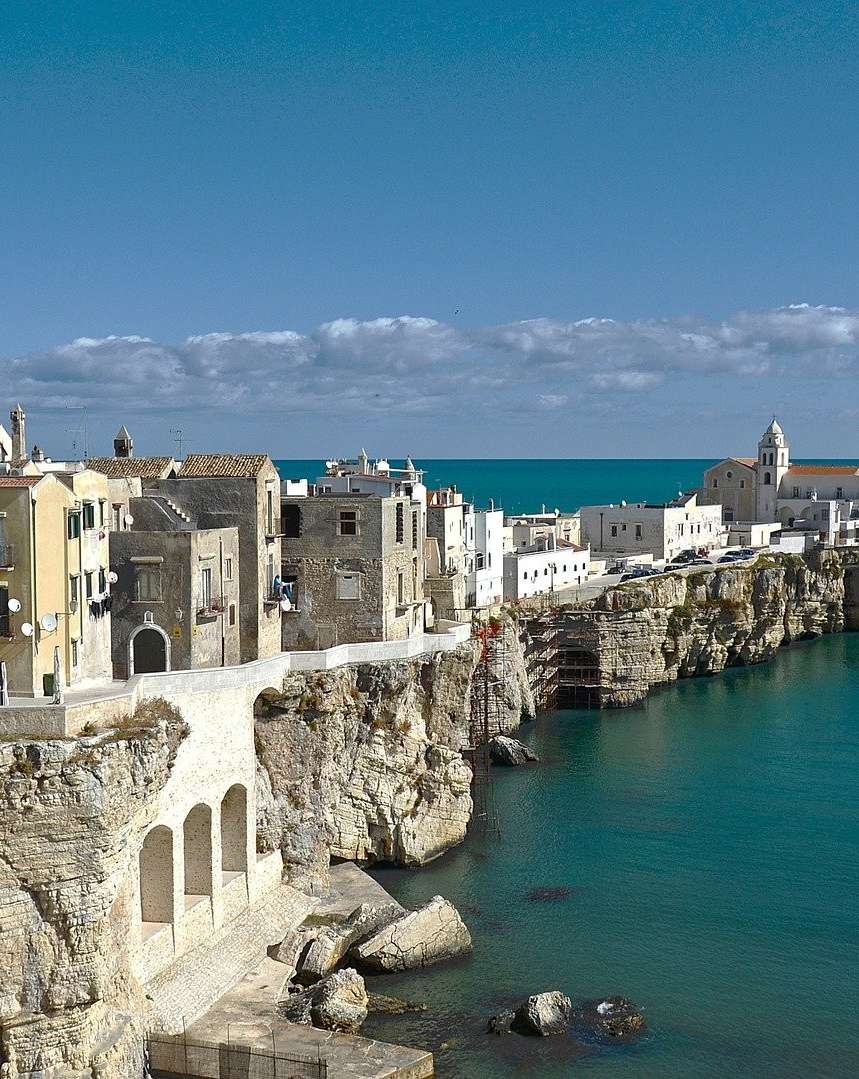
The succession of the art collection: a guide for collectors and heirs
February 21, 2024In this article, we will explore the fate of an art collection, addressing both the perspective of those who intend to pass it on as an inheritance to future generations and that of the heirs who receive it.
Managing and conserving an artistic heritage over time requires careful planning and specific considerations, both for those who bequeath and for those who inherit. We will analyze strategies to ensure that these collections maintain their cultural, historical, and economic value, while also ensuring that the passion and appreciation for art continue to be shared and passed down.
Deciding what will happen to the collection upon the collector's passing
An art collection is often the result of a lifetime of passion, dedication, and investment. Therefore, it is natural for collectors to want to preserve and pass on this cultural heritage to future generations. However, to ensure that art collections are appreciated and properly managed over time, careful planning is necessary. Here are some tips and insights for art collectors:
Succession planning for the art collection
Evaluate the collection. Determine the overall value and the value of each individual piece.
Establish clear goals. Define the goals of passing on the collection, such as preserving the collection's integrity, transmitting a passion for art, or benefiting from the sale of certain works.
Seek expert advice. Consult art consultants, lawyers, and accountants specializing in art asset management for assistance in succession planning.
Draft a will or trust. Specify intentions regarding the collection, including beneficiaries, custodians, and instructions for management and conservation.
Donating or selling the collection
Donate the collection to a museum or cultural institution. This choice preserves the integrity of the collection and makes it accessible to the public, offering potential tax benefits.
Sell the collection at auction or through galleries. Selling the collection can ensure a financial return, allowing for investment in new works or allocation of funds to charitable causes.
Create a non-profit organization. Collectors can establish a foundation or association to manage and preserve the collection, ensuring adherence to their intentions and maintaining some control over the collection.
Engage and educate future generations
Share the history and significance of the collection. Narrating personal and historical stories related to the artworks can spark interest and appreciation in future generations.
Organize guided tours and events. Inviting art historians, curators, and critics to discuss the collection can provide new perspectives and knowledge.
Assign management and conservation tasks. Delegating roles and responsibilities to future generations can teach the value of care and respect for art.
Impact of inherited art collections
Numerous stories of inherited art collections have had a significant impact on society and culture. For example, the Peggy Guggenheim Collection in Venice, donated by the American patron, houses works by Picasso, Pollock, and Kandinsky, offering a unique experience to millions of visitors each year.
In conclusion, succession planning for art collections requires careful consideration and specialized guidance to ensure that future generations appreciate and properly manage the cultural heritage. Options for donating or selling the collection, engaging and educating future generations, and learning from the stories of inherited art collections can inspire and guide collectors in transmitting their artistic legacy.
What to do if you have inherited an art collection
Inheriting an art collection can be an exciting yet overwhelming experience. Properly managing this type of inheritance requires careful consideration to preserve its emotional and financial value. Here are some essential steps to follow if you find yourself in this situation:
Assessment and documentation
Inventory the collection. The first step is to create or update the inventory of the collection, if not already available. This should include details such as the title of the artwork, the artist, dimensions, technique used, year of creation, and condition.
Assess the works. It is important to obtain a professional appraisal of the works to understand their current market value. This step is crucial for both managing the collection and addressing any tax issues related to the inheritance.
Conservation
Check the conservation conditions. Ensure that the works are stored appropriately to preserve their condition. This may include adjusting humidity and temperature, using protective frames, and placing the works away from direct sunlight.
Consult conservation experts. If some works require restoration, it is vital to consult professionals specializing in art conservation.
Legal and tax planning
Consult a lawyer. A lawyer specializing in art law or estate planning can provide advice on how to manage the inheritance, including potential tax obligations.
Consider tax implications. Depending on the value of the collection and local laws, you may be subject to inheritance taxes. A tax advisor can help you navigate these issues.
Review or obtain insurance. Ensure that the collection is adequately insured. You may need to update the existing policy or take out a new one to reflect the current value of the works.

Deciding the future of the collection
Consider your options. You will need to decide whether you want to keep, sell, or donate the collection. This decision may depend on various factors, such as your personal interest in art, available space, financial and tax considerations, or the wishes of the deceased.
Explore selling options. If you choose to sell part or all of the collection, consider working with auction houses, art galleries, or art consultants to navigate the market.
Consider donation. Donating artworks to museums or cultural institutions can be a way to honor the memory of the deceased and ensure that the works are appreciated by a wider audience. Additionally, it can offer tax benefits.
Engage future generations
If you decide to keep the collection, consider involving children, grandchildren, or friends in learning about the cultural and historical value of the works from the outset, preparing them for future succession.
Inheriting an art collection carries the responsibility of preserving its value for future generations. By making informed decisions and seeking assistance from professionals, you can ensure that the artistic legacy is managed with the care and respect it deserves.
...
WeVillas is not just synonymous with luxury.
It's a true emblem of a lifestyle. And the intersection of art, luxury, and lifestyle transforms every stay into a cultural and emotional journey.
We are always ready to offer you the best luxury travel experience!
We are a young and enthusiastic group, working in luxury tourism for over 10 years. We personally select the villas we offer to our clients and ensure they meet the highest standards from every perspective.
For our clients, we seek only the best, nothing less!
Insights
How to create a meaningful and personal art collection
Valutating and authenticating artworks
The Art Market and Current Trends
Identifying the Style and Artistic Interest in Art Collections
Exploring the world of art collecting
The succession of the art collection: a guide for collectors and heirs
From galleries to auctions: where to find artworks for your collection










